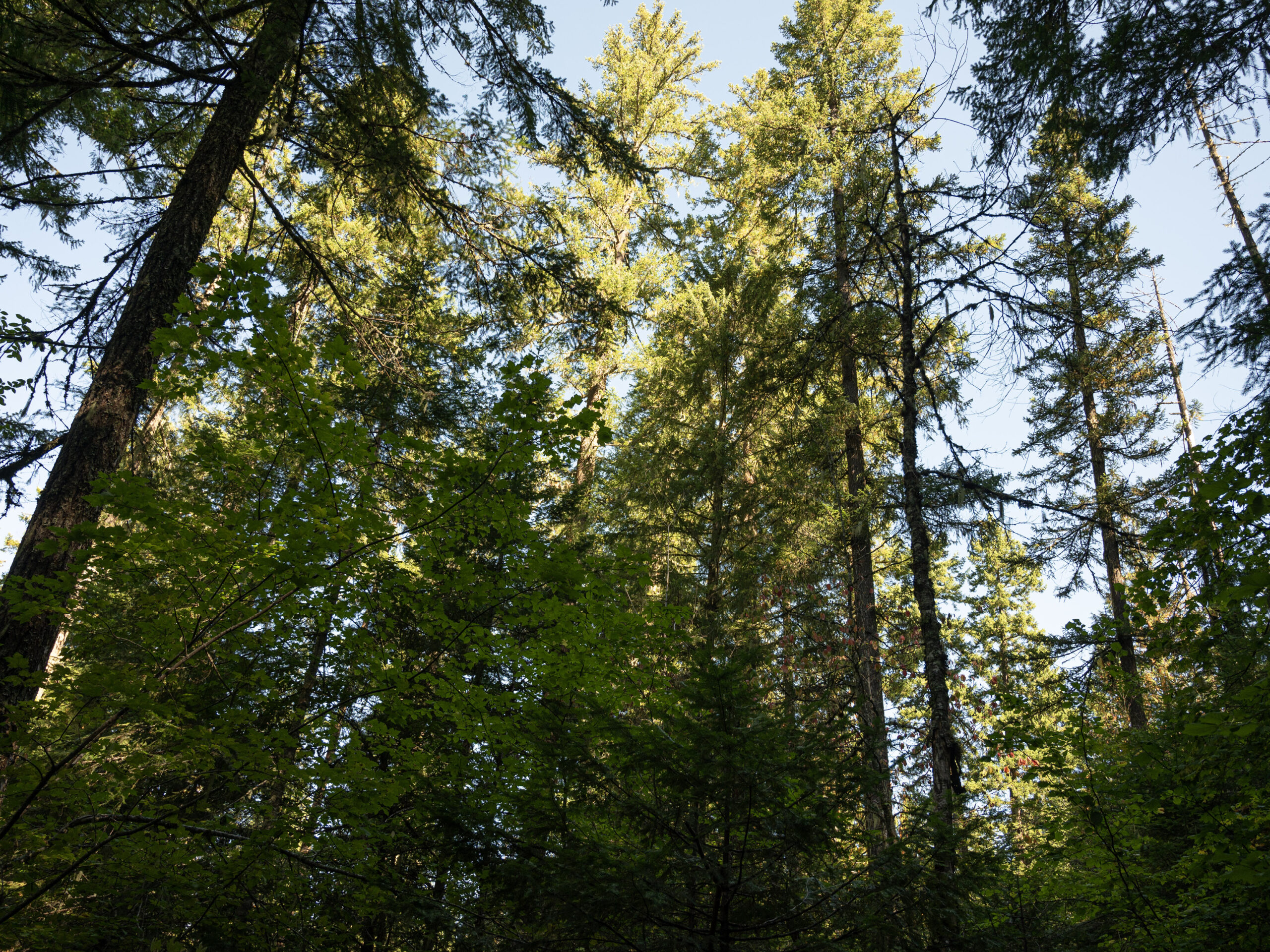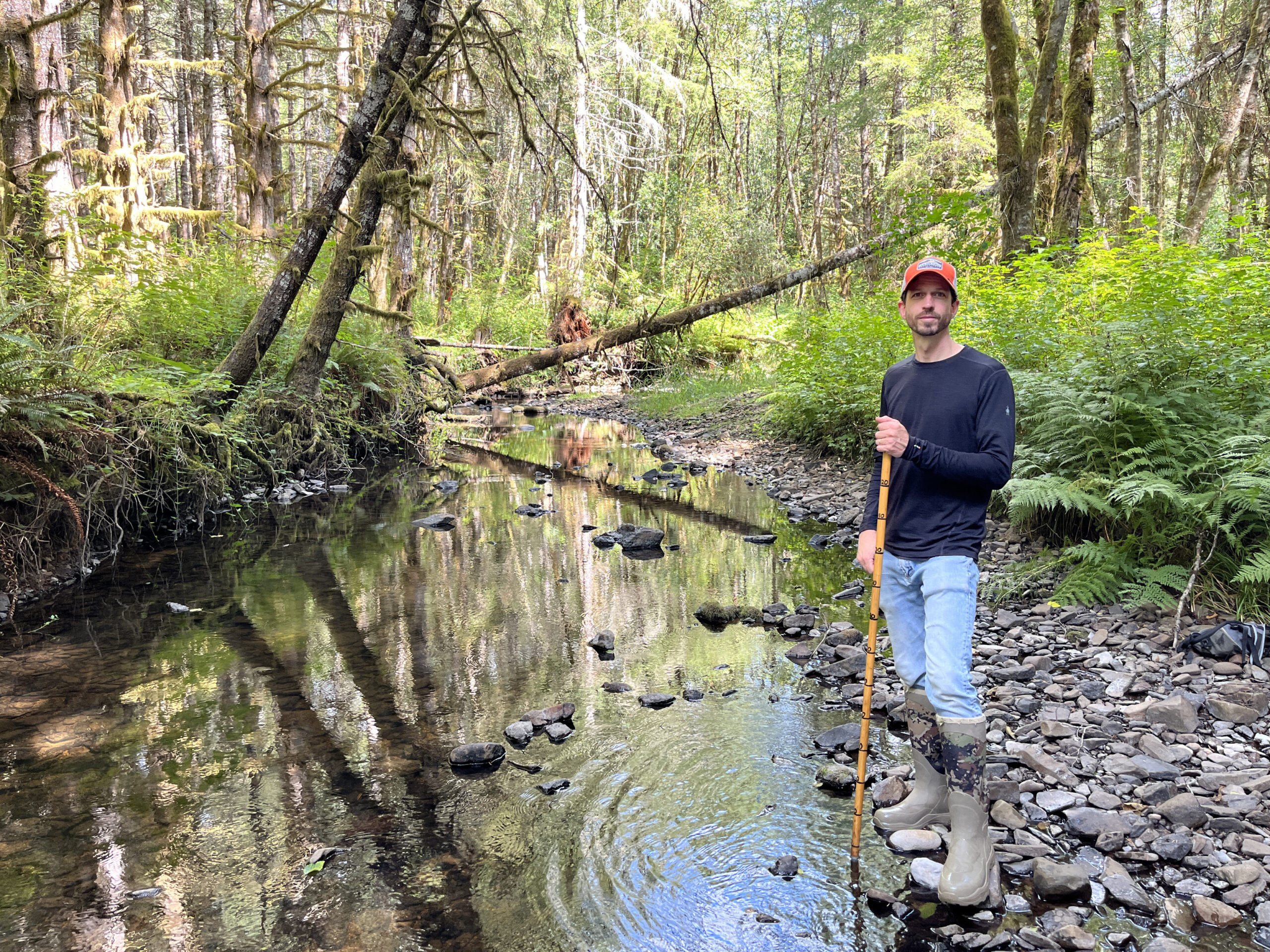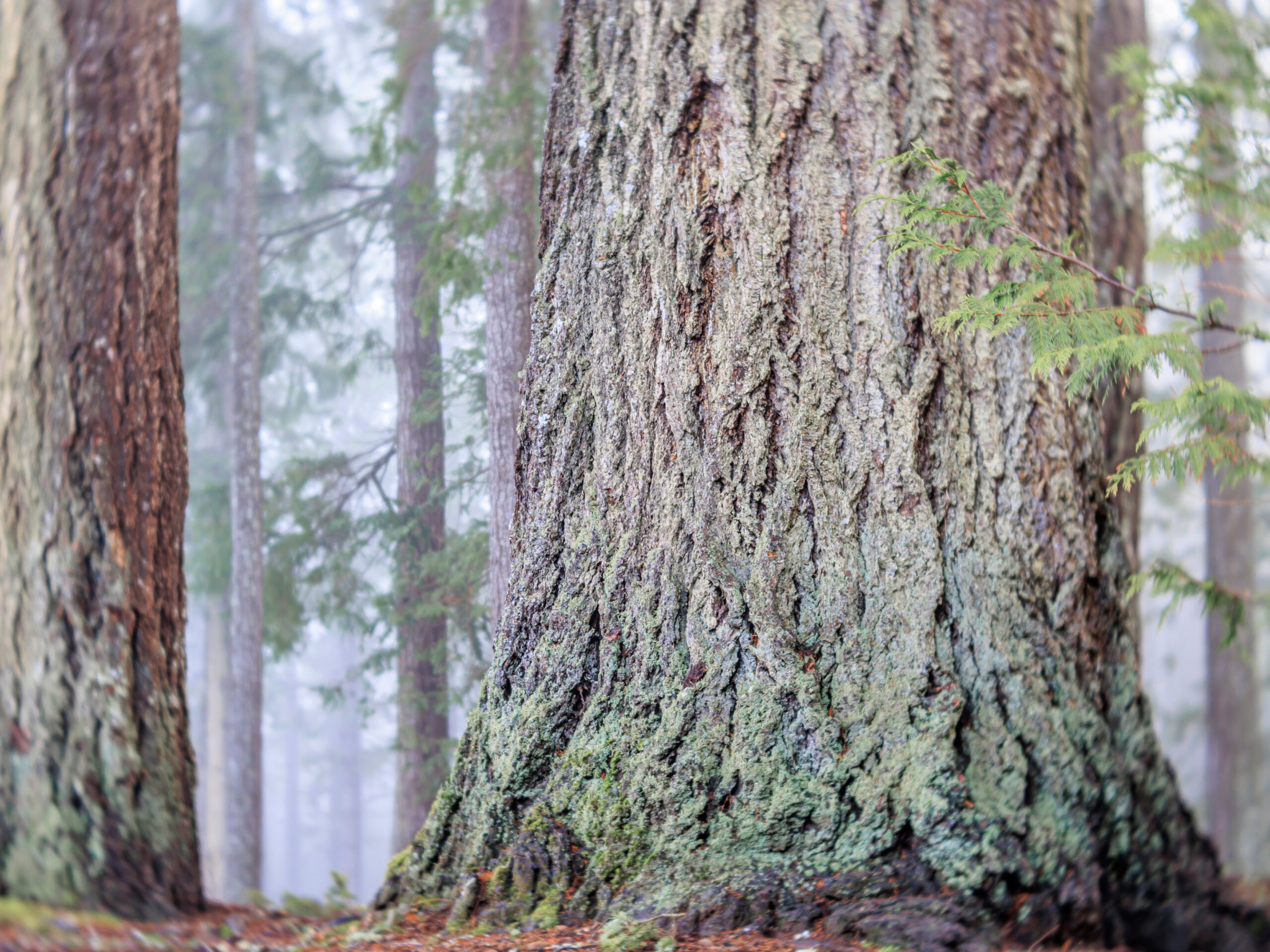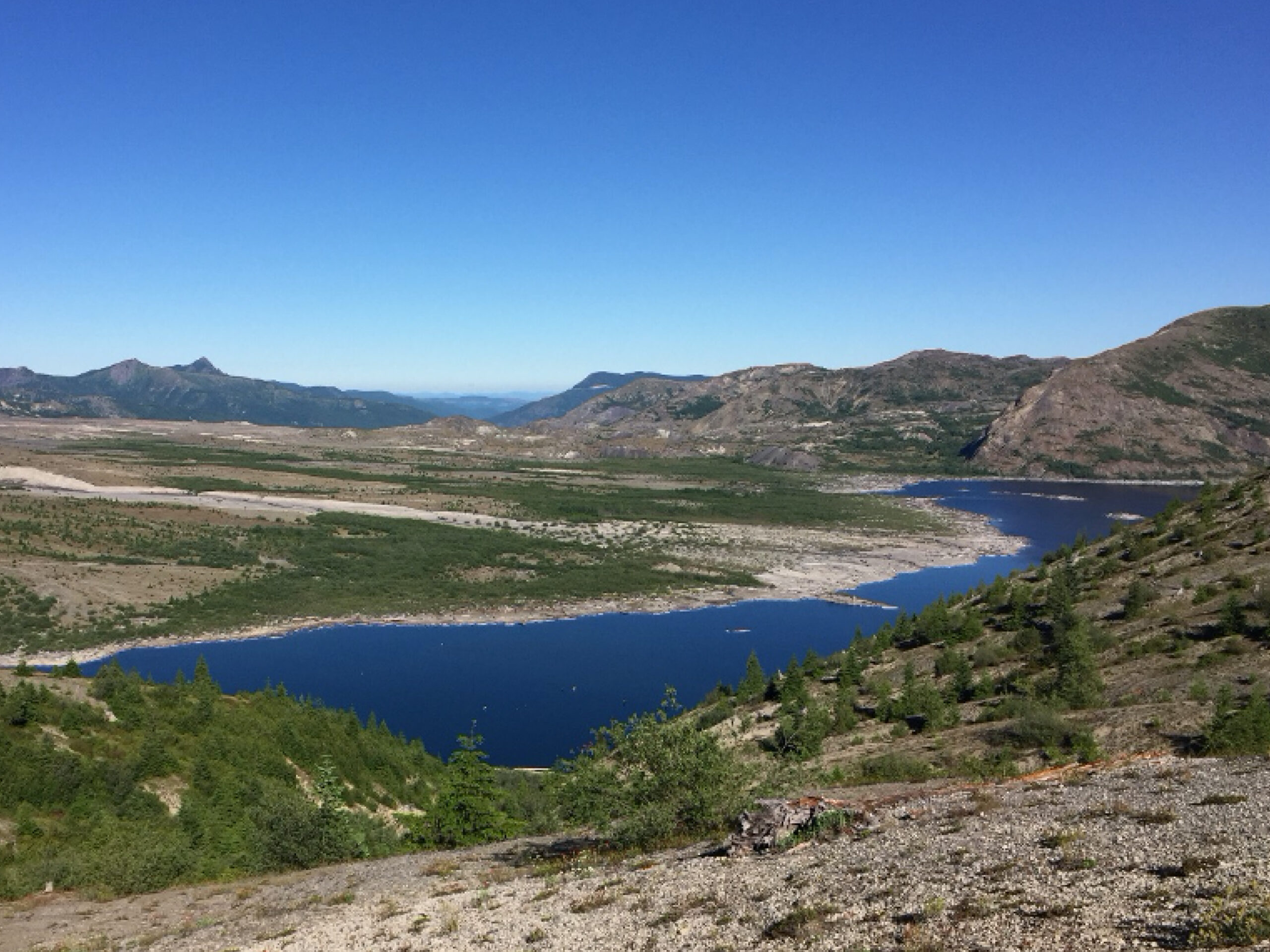[vc_row row_type=”row” use_row_as_full_screen_section=”no” type=”full_width” angled_section=”no” text_align=”left” background_image_as_pattern=”without_pattern” css_animation=””][vc_column][vc_empty_space height=”75px”][vc_single_image image=”94″ img_size=”full” alignment=”center” qode_css_animation=””][/vc_column][/vc_row][vc_row row_type=”row” use_row_as_full_screen_section=”no” type=”grid” angled_section=”no” text_align=”left” background_image_as_pattern=”without_pattern” css_animation=””][vc_column][vc_empty_space height=”75px”][vc_column_text]The conservation community faces significant new hurdles in building resilience to climate change impacts and supporting wildlife, but CFC is uniquely positioned to build bridges within our communities and chart a sustainable path forward.
We are excited to formally announce the release of our Wildlife and Climate Resilience Guidebook, a comprehensive climate change assessment and conservation plan for the southern Washington Cascades. For summary information or to download the guidebook, please click here. Our guidebook is filled with new research on the impacts of climate change in the Gifford Pinchot National Forest, as well as concrete actions that conservation groups and forest managers can take to mitigate those effects. We are already busy planning volunteer restoration trips for 2017; please stay tuned for updates on how YOU can can get involved in protecting our cherished public lands.
Despite current efforts in this nation to stop climate change solutions, we are rolling up our sleeves and moving forward with local on-the-ground efforts that will help our forests, wildlife, and communities better deal with the effects of climate change. The strategies and recommendations highlighted within the guidebook stress the importance of community partnerships and identify ways that citizens can get involved to make a difference in their national forest. This guide also outlines economic opportunities for local communities to become part of important restoration efforts. Assistance and input from climate researchers, scientists with the U.S. Forest Service, and local stakeholders were integral to this work.
The Wildlife and Climate Resilience Guidebook identifies a broad array of conservation and restoration strategies for protecting the ecosystems of the region, from beaver reintroduction to prescribed burning to citizen science monitoring projects. This guidebook outlines specific strategies and recommendations for aquatic ecosystems, forests, meadows, and alpine areas. It also includes an innovative habitat connectivity analysis that models connectivity for species that live in old growth forests. This analysis will improve efforts to protect habitat areas and corridors that are critical for connectivity and the health of wildlife populations.
We are beginning to implement an action plan based on the recommendations outlined in the guidebook. We hope to now share the guidebook widely with the public, other organizations, and agencies to help with planning and to improve the resilience of species and habitats of the Pacific Northwest. Climate change has the potential to impact many parts of our environment, but there are steps that can be taken to mitigate many of the severe impacts. By identifying the species and habitats most at risk as well as the best opportunities to build resilience within these ecosystems, we can be well-positioned to work together to positively affect change.
As always, we are grateful to our members and supporters for making projects like this possible. About half of our budget is funded by member donations, and your dollars go to programs that make a difference in protecting and conserving the wild places in the heart of the Cascades.[/vc_column_text][vc_empty_space height=”35px”][vc_row_inner row_type=”row” type=”grid” text_align=”left” css_animation=””][vc_column_inner][vc_gallery interval=”5″ images=”2403,2373,2323″ img_size=”large” onclick=”custom_link” custom_links_target=”_blank” custom_links=”#E-8_aHR0cHMlM0ElMkYlMkZjYXNjYWRlZm9yZXN0Lm9yZyUyRm91ci13b3JrJTJGY2xpbWF0ZS1yZXNpbGllbmNlJTJGJTJDaHR0cHMlM0ElMkYlMkZjYXNjYWRlZm9yZXN0Lm9yZyUyRm91ci13b3JrJTJGY2xpbWF0ZS1yZXNpbGllbmNlJTJGJTJDaHR0cHMlM0ElMkYlMkZjYXNjYWRlZm9yZXN0Lm9yZyUyRm91ci13b3JrJTJGY2xpbWF0ZS1yZXNpbGllbmNlJTJG”][/vc_column_inner][/vc_row_inner][vc_empty_space height=”75px”][/vc_column][/vc_row][vc_row row_type=”row” use_row_as_full_screen_section=”yes” type=”grid” angled_section=”no” text_align=”left” background_image_as_pattern=”without_pattern” css_animation=”” css=”.vc_custom_1465592094531{background-color: #96d1ae !important;}”][vc_column][vc_row_inner row_type=”row” type=”grid” text_align=”left” css_animation=””][vc_column_inner][vc_empty_space height=”125px”][latest_post_two number_of_columns=”3″ order_by=”date” order=”ASC” display_featured_images=”yes” number_of_posts=”3″][vc_empty_space height=”75px”][/vc_column_inner][/vc_row_inner][/vc_column][/vc_row]







